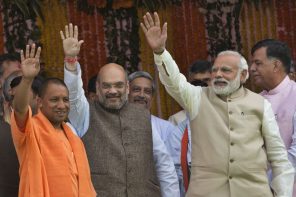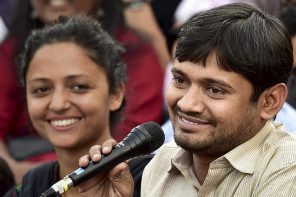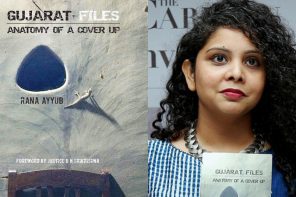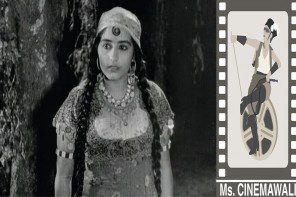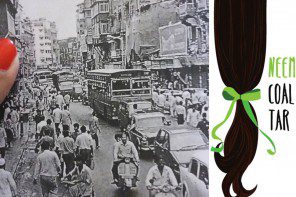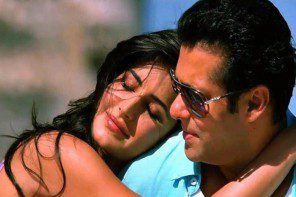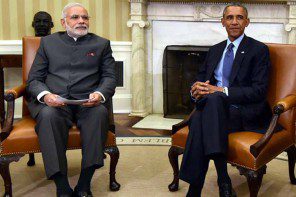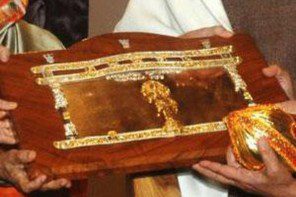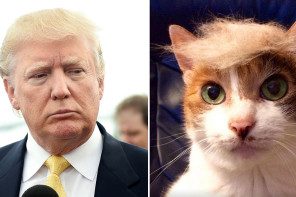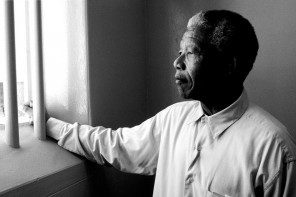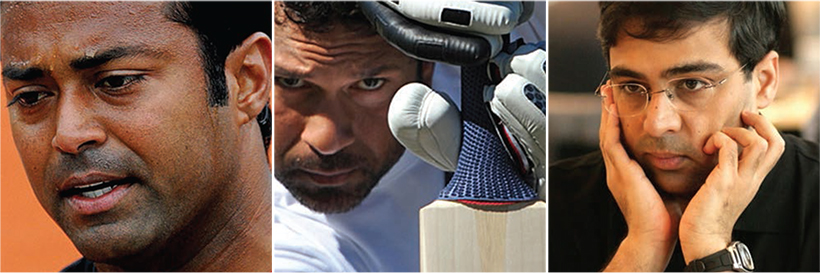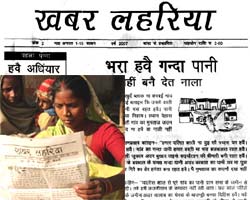Those three years – 1988, 1989 and 1990 – changed everything. Back then, it was impossible to know where we are headed.
People who say things like “Oh, when I saw him the first time I knew …” are usually lying. You can’t know. You can spot ability when you see it; beyond that, there’s no telling.
Anyway, in 1988, Viswanathan Anand became India’s first-ever chess Grandmaster. In 1989, Sachin Tendulkar made his debut in international cricket. And in 1990, Leander Paes won the boys’ title at Wimbledon. In the two decades and some since, Indian sport came alive because of these three extraordinary gentlemen. A nation that achieved precious little and had only a hero or two to boast about could now breathe. And the trinity have remained, through thick and thin, the life of Indian sport.
Circa September 2013, Anand is still the world chess champion, though his ranking has slipped to sixth in the world. Tendulkar is on his last legs as far as top-flight cricket goes, playing on borrowed time in a sense. And Paes, well, he is still being Paes, still inspiring the occasional ‘It Paes to be Leander’ headline.
Three champions. Three people I started thinking of as a triumvirate of sorts about the time that the whole nonsense about the Bharat Ratna for sportspersons became a big talking point. The masses went with Tendulkar – no surprises there. He is a cricketer in a country obsessed with the sport, and a demi-god at that. The slightly older, more traditional lot rooted for Dhyan Chand, someone people of my generation and younger have only heard and read of, never seen. Anand did figure in the discussions. As did Paes. So did Abhinav Bindra, who was only six when Anand became Grandmaster. What, no women? So we talked about PT Usha and MC Mary Kom a little too, but not with any great degree of seriousness.
It’s easy to get drawn into debates of this sort even if you’re a bit of a cynic and feel that awards, especially the ones that are so coloured by politics, don’t really matter much.
So who would I give it to if I had sweeping powers to decide? What are the criteria I would consider? I would only consider stone-cold facts, I think (conscientious journalist that I am).
- Has the person reached the absolute top of the pile in his or her discipline?
- Has the person beaten the best in the world on his or her way to the top?
- Has the person, in case of a team sport, been the best in the team for a sustained period?
- Is the sport the person plays a global sport?
- Has the person influenced the way people perceive the sport s/he plays?
- Has the person been a good role model for youngsters to follow?
- Has the person tried to make a difference to his/her sport apart from what s/he has done as a great athlete?
As you can imagine, this needed a fair bit of Googling, a lot of stat-checking, and a sifting through a decades’ illustrious headlines.
At the very onset, from the names named above, I discarded Usha. She failed to meet most of the criteria anyway. Which narrowed it down to Dhyan Chand, Anand, Tendulkar, Paes, Mary Kom and Bindra, though not necessarily in that order. I didn’t add Mahesh Bhupathi to that list because, to be fair, he will rank below Paes, won’t he?
So which of these people should the Ratna go to first?
Dhyan Chand: 7/7
Anand: 5/6 [minus for No. 7 and chess is not a team sport]
Tendulkar: 5/7 [minus for No. 4 and No. 7]
Paes: 5/7 [minus for No. 6 and No. 7]
Mary Kom: 5/6 [minus for No. 4 and women’s boxing is not a team sport]
Bindra: 6/6 [shooting is not a team sport, except occasionally, which doesn’t really count]
Dhyan Chand and Bindra win hands down there and Bindra gets my vote on two counts: one, that a lot of what we know of Dhyan Chand is based on hearsay and two, Bindra has tried to do more than any active sportsperson in the history of Indian sport to clean things up, put the athletes first, have Indian sport run the way it should be run. If anything, he should get an additional point for being a star as far as criterion No. 7 is concerned.
Mary ranks very high on my list, not least of all because boxing is a sport close to my heart, but her greatest triumphs were achieved when women’s boxing was a fledgling sport; only a handful of countries participated in global tournaments then, and when it started becoming a global sport, Mary’s fortunes started sliding.
Which brings us to Anand, Tendulkar and Paes – the holy trinity, the ones who rank lower than some in my Q&A-based ranking. What is it about them then? What is it about them that make them, in different ways, such big heroes? [I am not bringing stats into this – 15 minutes on Google will tell you much, much more than I can.]
Well, it’s simple enough in my book.
Anand first told Indians that an Indian could be the best in the world in a sport – you can scoff at chess being referred to as a sport, of course – that is global, that places every contestant at the same level, and that leaves no room for conditions to have a say in the way things pan out. Chess is a mental game, not a physical one (though practitioners disagree and talk of their physical fitness), but it is a global game even if it is not in the Olympics.
Tendulkar, though not the first and certainly not the last, was the man who helped cricket fans believe that India could take on the best in the world by the scruff of their necks and beat them. In his case, his chosen sport was India’s favourite sport (which was the case with Dhyan Chand in his time too) and Tendulkar became, by most yardsticks, the No. 1 cricketer in the world. When not at his best, or when he was past his prime, he was still registering the first double century in One-Day International cricket and scoring his hundredth international hundred. Soon, he will play his 200th Test too – talk about longevity in a physical sport!
And Paes. Doubles tennis is a notch below singles tennis – yes. But think about it. In a truly, truly global sport, Paes has been, probably, the best practitioner in the art of doubles tennis over the past two decades. Today, at 40-and-a-half (two months younger than Tendulkar and three years younger than Anand), he is still winning Grand Slam titles. Throw in the bronze medal at the Olympics singles, the two wins over Pete Sampras and all the singles and doubles wins in the Davis Cup, and you are unlikely to find a greater Indian sporting hero.
If there’s one thing that works against Paes being chosen as one of the greatest Indian sportspersons ever; it’s his conduct off the field, especially when it comes to the episodes involving Bhupathi, which haven’t been exemplary.
But among them, the three men have certainly made Indian sport a better show to keep track of than anyone or any set of people in the past. Bharat Ratna? Oh alright. But sport is about joy, about passion… between Anand, Tendulkar and Paes, in different ways but together, it’s been a better ride than ever before. For over two decades now.
